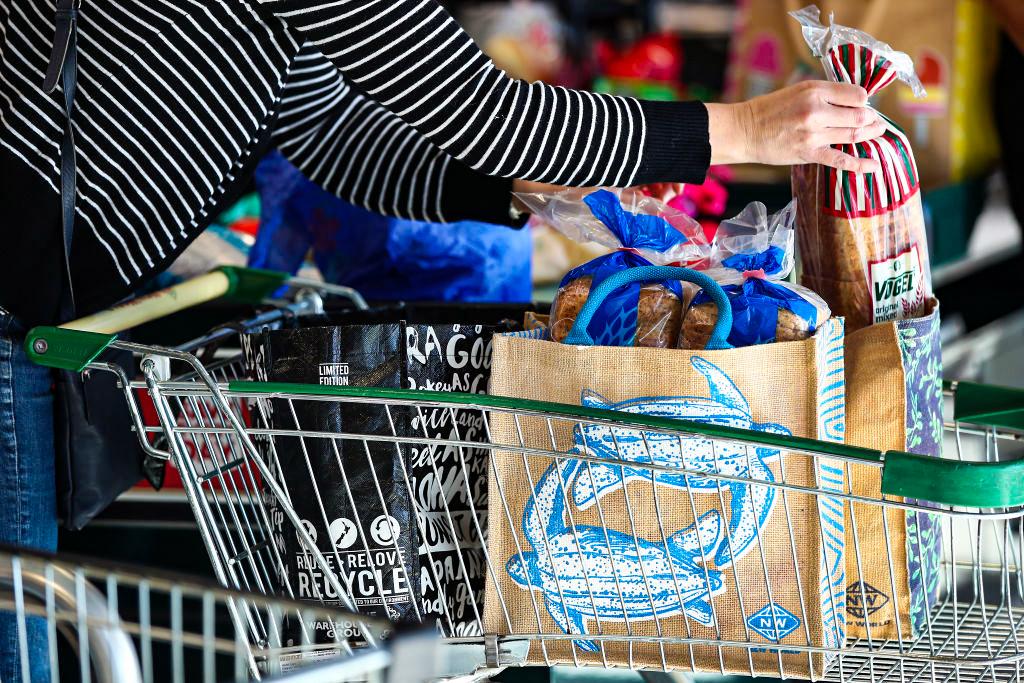Food prices in New Zealand (NZ) over the year to March 2022 grew at the fastest rate, 7.6 percent, in over a decade, according to Stats NZ.
It was the largest increase since the year to July 2011, where prices increase 7.9 percent on the back of a GST increase from 12.5 to 15 percent.





